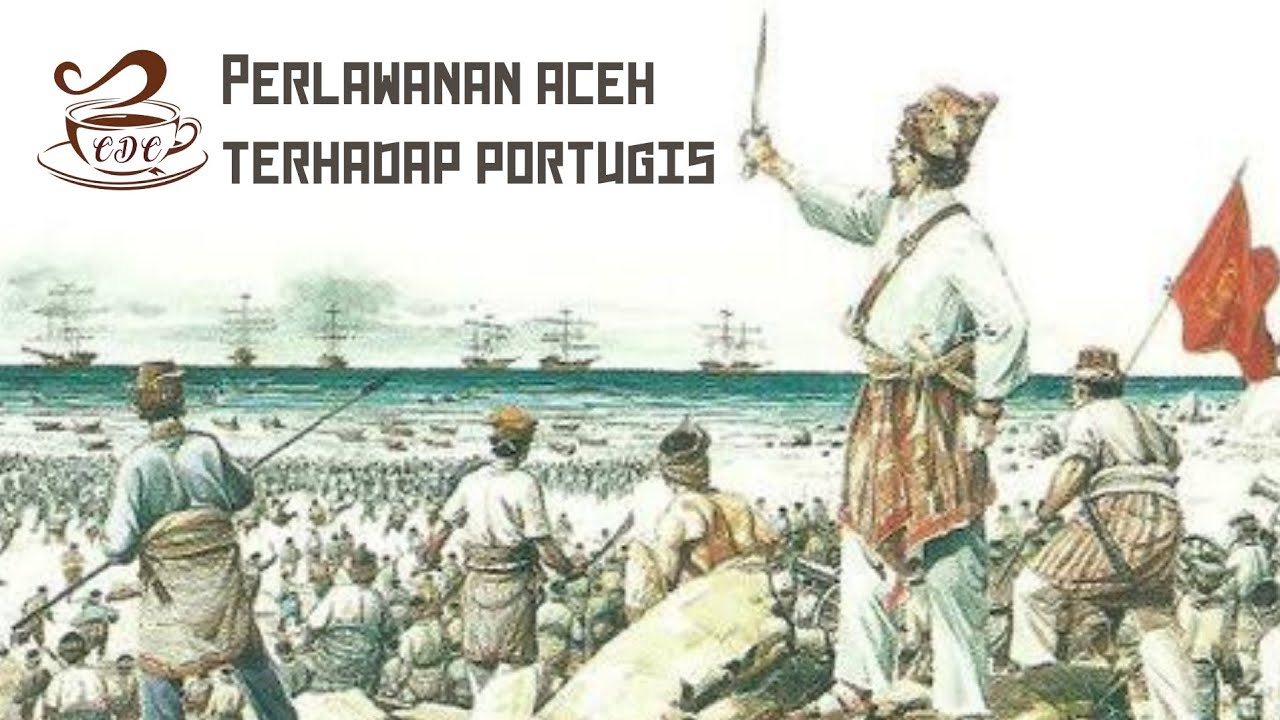英文期中報告
Summary
TLDRIn this presentation, Annie explores the Brazilian Carnival, beginning with its origins in the 19th century during Portuguese colonial rule, initially celebrated to honor the King’s birthday. Over time, it evolved into a cultural outlet for Black slaves to protest injustice, later becoming a celebration of freedom after the abolition of slavery. Annie also highlights key features of the Carnival, including the lively music, particularly samba, and the vibrant costumes worn in parades. She concludes with a personal reflection on the Carnival’s enduring message of equality, transcending racial and social barriers, making it a powerful symbol of unity and freedom.
Takeaways
- 😀 The modern Brazilian Carnival originated in the 19th century during the Portuguese colonial period, initially celebrating the King's birthday.
- 😀 The Carnival evolved into a form of protest by the enslaved African people against injustice during the colonial era.
- 😀 After the abolition of slavery in 1888, the Carnival became a celebration of freedom for all people.
- 😀 Samba is the most representative music and dance style of the Brazilian Carnival, known for its upbeat rhythm and energetic movements.
- 😀 Other musical styles, like forró and bossa nova, contribute to the diverse and joyful atmosphere of the Carnival.
- 😀 Participants in the Carnival parade wear elaborate costumes and accessories, such as masks and metallic embellishments, to stand out.
- 😀 Some participants choose to wear traditional 19th-century costumes, including cross-styled clothing and long feathers in their hats.
- 😀 The Carnival parade lasts for several days, with the first two days being the main parade, and the final day featuring a 'champion parade.'
- 😀 The final six-day event concludes with an exhibition match where the top performers compete again in a grand display.
- 😀 The Carnival's significance goes beyond entertainment—it serves as a symbol of unity, equality, and celebration for people from all backgrounds and social classes.
Q & A
What is the origin of the modern Brazilian Carnival?
-The modern Brazilian Carnival was formed in the 19th century during the Portuguese colonial period, initially as a celebration of the King's birthday. Over time, it evolved into a celebration for the middle and lower classes, particularly black slaves, to protest against injustice. After the abolition of slavery in 1888, it became an occasion for all people to celebrate freedom.
How did the Brazilian Carnival serve as an outlet for the oppressed classes?
-During the colonial period and slavery, the Carnival became a way for black slaves and the lower classes to express their dissatisfaction and protest against social injustice. It allowed them to publicly celebrate and challenge the status quo, particularly in terms of racial and social inequality.
What are some of the key features of the Brazilian Carnival?
-Key features of the Brazilian Carnival include vibrant dance and music, particularly samba, as well as extravagant costumes and makeup. There are also grand parades, with floats and participants often dressing in historical, flamboyant attire. These elements contribute to the festive and joyful atmosphere of the Carnival.
What is the significance of samba in the Carnival?
-Samba is the most representative style of music and dance in the Brazilian Carnival. It is characterized by an upbeat rhythm and energetic dance steps, which are contagious and encourage participants and spectators to join in the celebration.
What other music styles are featured in the Brazilian Carnival?
-In addition to samba, the Brazilian Carnival also features a variety of other music styles, including forró, bossa nova, and other regional rhythms. These diverse musical styles contribute to the overall festive and joyful atmosphere of the event.
What is the role of costumes in the Brazilian Carnival?
-Costumes play a significant role in the Brazilian Carnival. Participants often wear elaborate outfits, which can include historical or classical influences, such as 19th-century-inspired clothing adorned with metal sheets and long feathers. The costumes, along with makeup, help create a visually striking and colorful parade.
What are the different types of parades in the Brazilian Carnival?
-The Brazilian Carnival features several types of parades. The first two days consist of various smaller parades, followed by the main parade during the last two days. On the fifth day, there is the champion parade, where the top six teams are invited to perform exhibition matches.
What is the significance of the champion parade?
-The champion parade, held on the fifth day of the Carnival, showcases the top six teams from the event. These teams are invited to perform exhibition matches, offering a highlight of the best performances and celebrating the pinnacle of the Carnival's competitive aspect.
How does the Brazilian Carnival promote social equality?
-The Brazilian Carnival promotes social equality by allowing people from all walks of life, regardless of race or social class, to participate in the festivities. It encourages people to temporarily set aside social roles and class distinctions, emphasizing unity and freedom in celebration.
What is the main message of the Brazilian Carnival, according to the speaker?
-The main message of the Brazilian Carnival is one of equality and the celebration of freedom. It transcends racial and social boundaries, allowing individuals to set aside societal roles and embrace unity, which the speaker finds to be a meaningful and precious aspect of the event.
Outlines

此内容仅限付费用户访问。 请升级后访问。
立即升级Mindmap

此内容仅限付费用户访问。 请升级后访问。
立即升级Keywords

此内容仅限付费用户访问。 请升级后访问。
立即升级Highlights

此内容仅限付费用户访问。 请升级后访问。
立即升级Transcripts

此内容仅限付费用户访问。 请升级后访问。
立即升级浏览更多相关视频
5.0 / 5 (0 votes)






